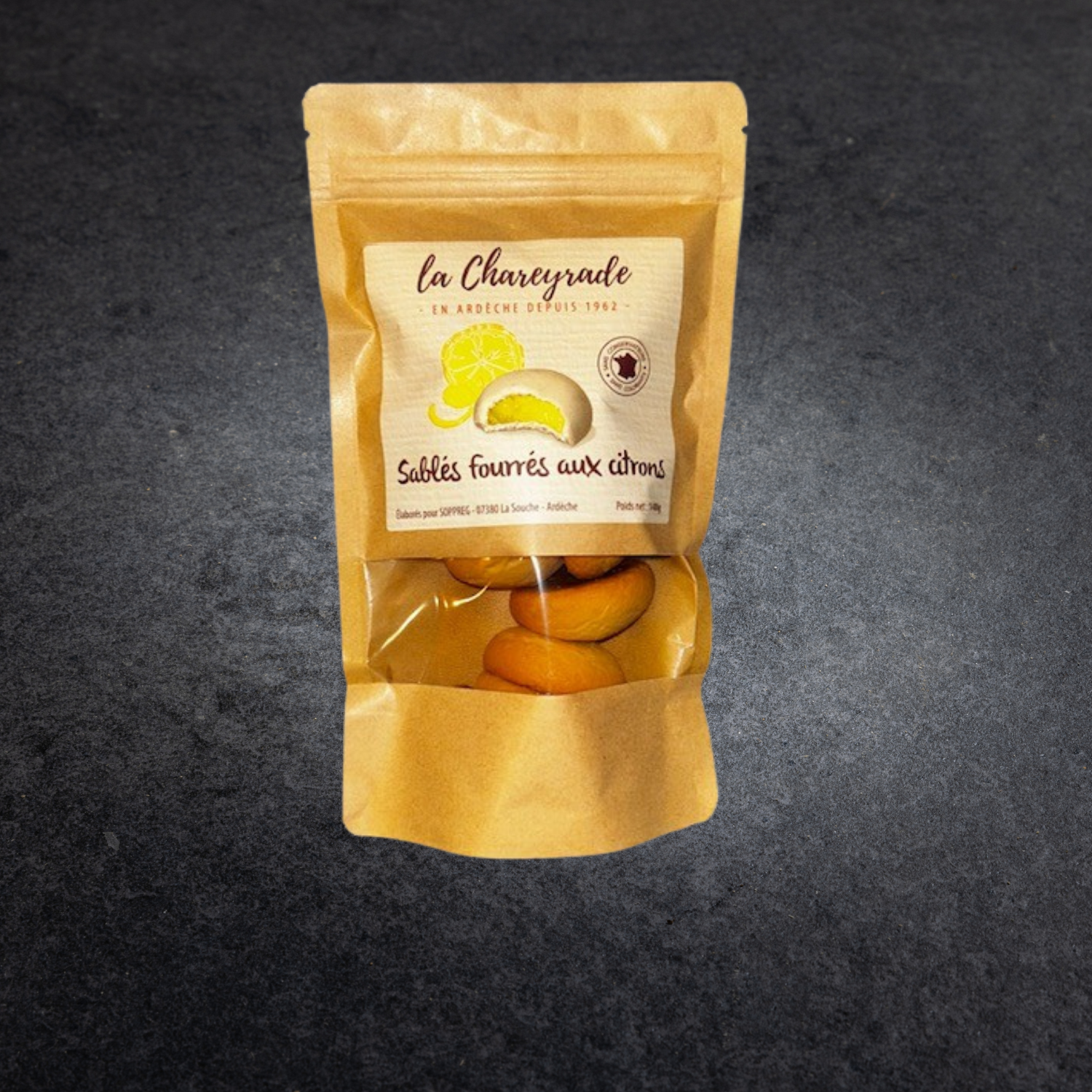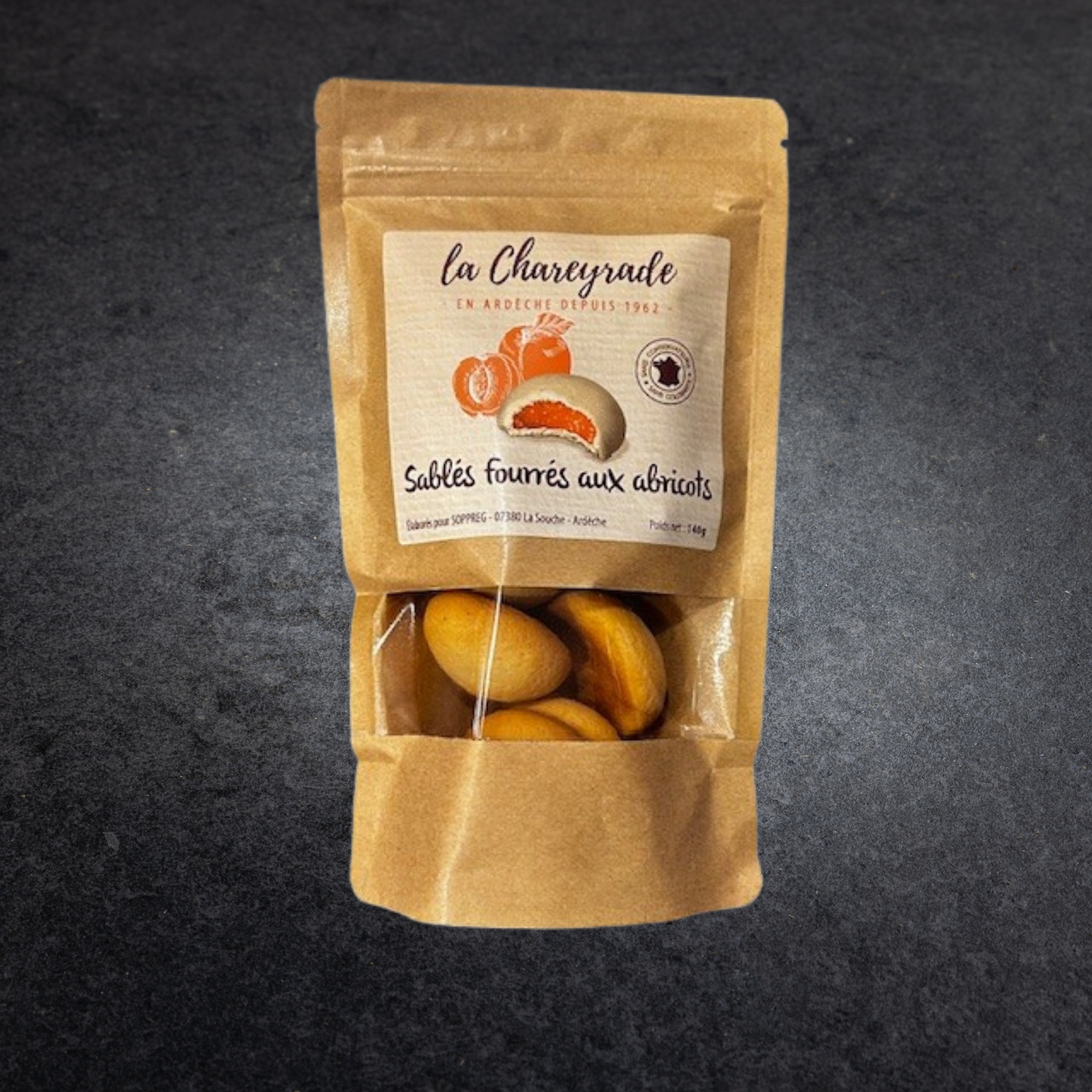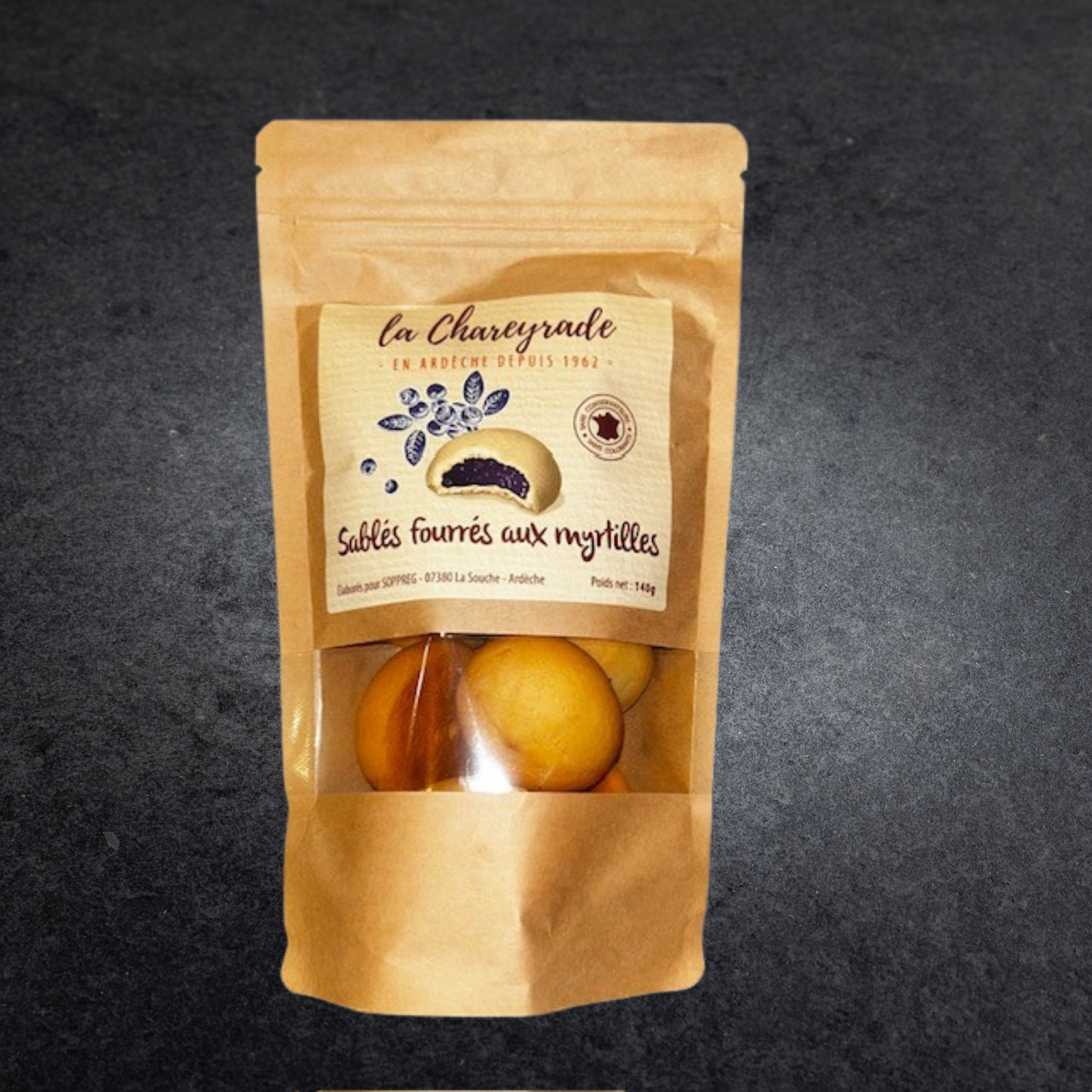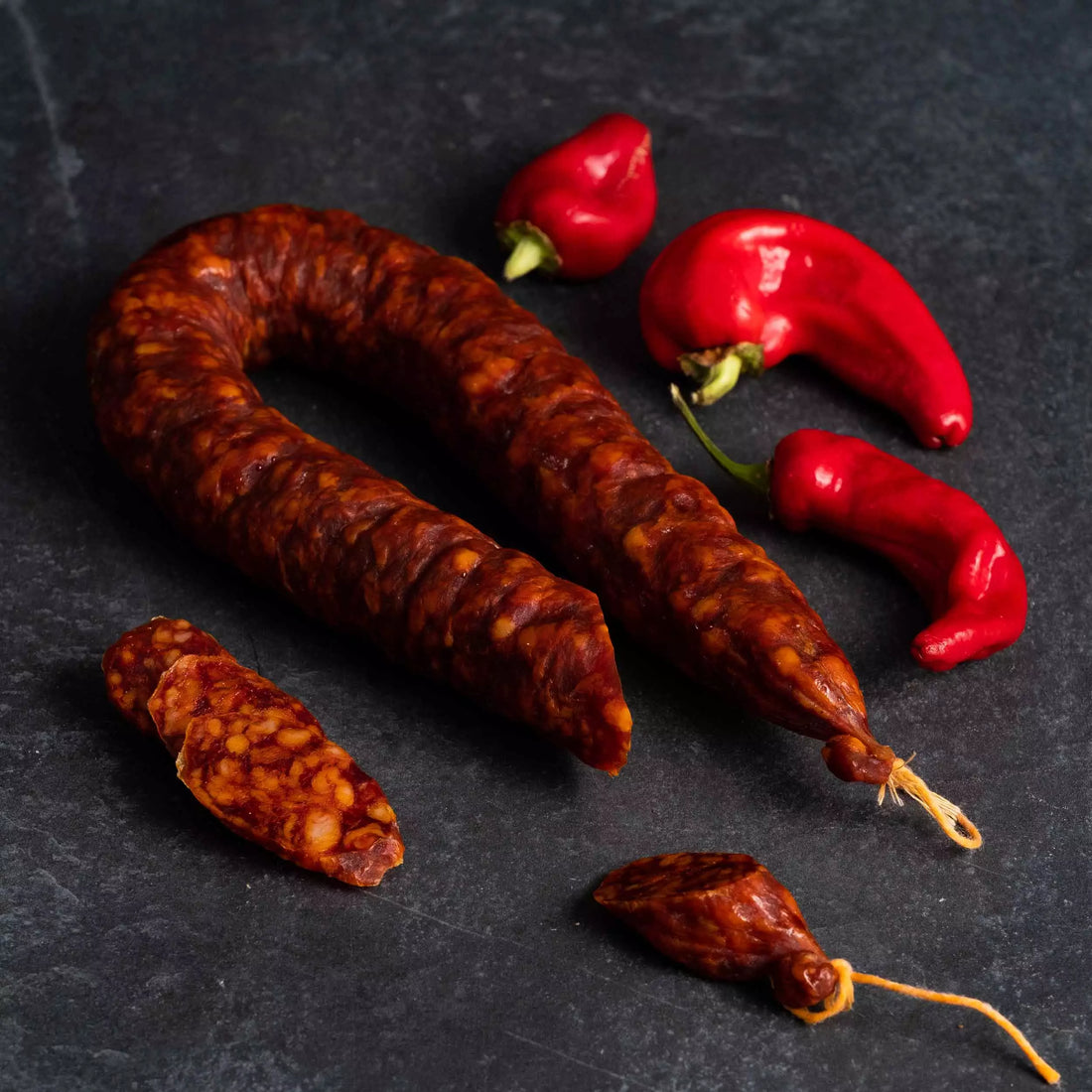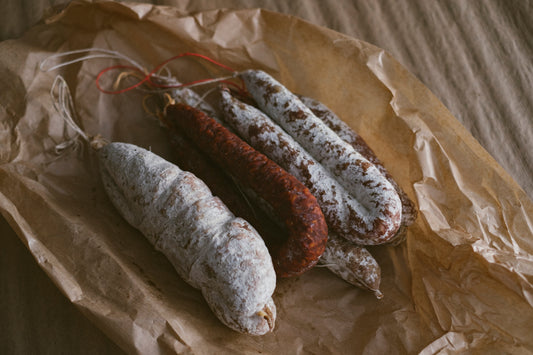Everything you need to know about Artisanal Chorizo!
If you don't mind, let's start at the beginning: what is chorizo?
Chorizo is a Spanish sausage made from pork and seasoned with spices , especially chili pepper and paprika (pimentón) which gives it its reddish color.
The pork is first cut into small pieces, then mixed with clever doses of spices and other more surprising ingredients such as garlic, red wine and black pepper.
The whole thing is then stuffed into a pigskin and delicately smoked, which gives it a particularly distinct flavor.
Chorizo can be eaten cooked or raw.
There is not one chorizo, but chorizos.
There are chorizos that differ in texture, flavor, and level of spiciness (as it is a sausage that is known for its “bite”).
In Spain, it is easy to distinguish between chorizo from Bilbao (sweet paprika) and chorizo from Leon (hot paprika).
As the Spanish say so mischievously:
"Mild chorizo is more like a kitten purring against your cheek, while spicy chorizo is more like a tiger biting your hand."
Regarding other notable differences: dry chorizo is often tougher and more aromatic than fresh chorizo, which is more tender and less spicy.
It is important to emphasize that historically, there is a great wealth of chorizos in Latin America, especially Mexican chorizo, Argentine chorizo and Peruvian chorizo…
Where does chorizo come from?
The exact origin of chorizo is quite difficult to determine, but it is considered to be of Iberian origin (Spain and Portugal).
It is said to have been invented by natives of the region at a time when crossbreeding with Muslim cultures brought many spices that were used to preserve pork and give it this flavor.
Chorizo would then have become an important element of Spanish cuisine and would have been exported to many other countries around the world including Latin America at the time of Spanish colonization.
Today, chorizo is an undeniably popular ingredient. It is also used in culinary specialties all over the world. This is the case, for example, of choripan in Argentina or chorizo con huevos in Mexico.
Outside of Spain, Portugal and Latin America, chorizo has also become a popular delicacy, particularly in the United States, France and the United Kingdom where it is particularly appreciated.
How to consume chorizo?

Raw or cooked, thinly sliced, stripped or diced to be added to dishes (omelettes, pasta), chorizo can be eaten in different ways.
It can be eaten grilled, boiled, with your fingers, as tapas as an aperitif or as a filling in a sandwich.
This sausage is a real source of creativity for those who appreciate its flavors.
In France, local chorizo such as our strong chorizo is widely used and cooked in sauce or regional dishes such as cassoulet or coq au vin.
In Italy, it is more harmonized in pasta and pizzas. While in Portugal, it is loved in stews and fish stews.
Savory pies, spicy sauces, marinades for meats, accompaniments for grilled vegetables... It is even used to flavor rice dishes or soups.
Chorizo is especially a major element in charcuterie and dry sausages.
It is very popular during aperitifs to accompany a good sangria or a local wine (from Ardèche) ;)
Health and chorizo?

Rich in protein and iron, chorizo is a good source of vitamin B12 and minerals (zinc, selenium).
It also contains antioxidants such as lycopene and beta-carotene which can help protect the body and reduce the risk of cardiovascular disease.
Also being high in saturated fat and sodium, it is recommended to consume it in relative moderation and as part of a balanced diet.
It goes without saying.
To minimise the risks to health and the environment, it is advisable to choose chorizos made from quality pork or from sustainable sources (possible advertising time).
How to properly store your chorizo(s)?
There are several possible methods of preserving chorizo:
-
Store the chorizo in the refrigerator.
If you have a chorizo wrapped in paper, you can keep it in the refrigerator for about 1 week . To prevent it from spoiling, it is better to wrap it in aluminum foil or in an airtight container; -
Store the chorizo in the freezer.
If you have bought chorizo but do not intend to eat it in the next few days, it is possible to freeze it in cling film or aluminum foil for around 3 months ; -
Store the chorizo in (canned) mode.
It is also possible to keep the chorizo for 2 months in a can in the refrigerator.
To do this, boil water in a saucepan and immerse the chorizo in it for about 10 minutes, take it out and let it cool before putting it in an airtight container or in aluminum foil in the refrigerator. It will keep for about 2 months.
Both for the taste buds and for its cultural richness, chorizo is a delicious source of (happiness and) nutrients. It is a popular ingredient very rightly used in Spanish and Latin American cuisine.
However, it is important to remember that it should be consumed in moderation and stored properly to avoid any risk of contamination and to take full advantage of its (many) benefits.
Aveyron and our good chorizo,

Our Aveyron site is part of a region renowned for its sausages, salami and dry-cured hams. In fact, at Debroas, we have been making traditional sausages called "à la perche" for a very long time.
As Nougaro so beautifully says in his song “OH Toulouse” (a city with which we share our beautiful region of Occitanie): “Spain also pushes its horn a little as far as Aveyron.”
This is why we have also been able to adapt our culture and our traditional know-how to the production of chorizo (100% French) with all the intrinsic values dear to our beautiful company:
Use of French pork only;
- Made with fresh (not frozen);
- Using a long and gentle fermentation to allow the development of the meat's flavors.
- All our recipes are a real success with our customers who recognize their excellent taste quality.


The true taste of chorizo is unforgettable, so don't hesitate to savor it.

